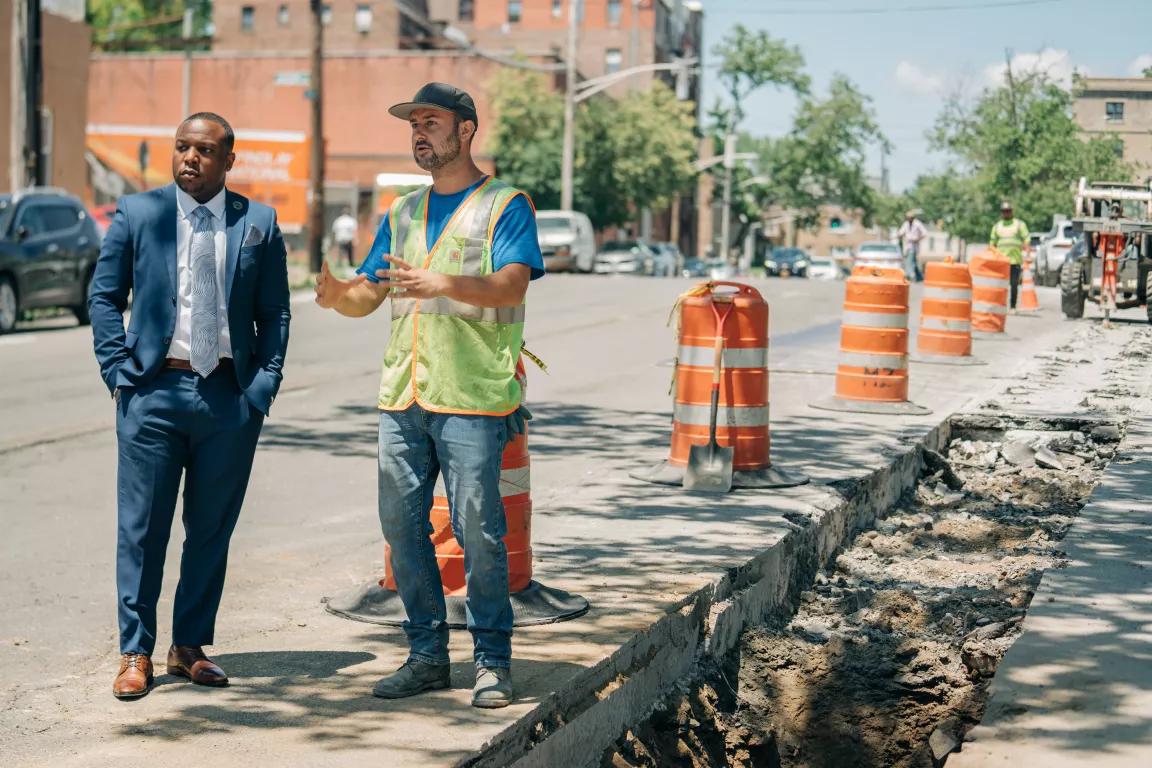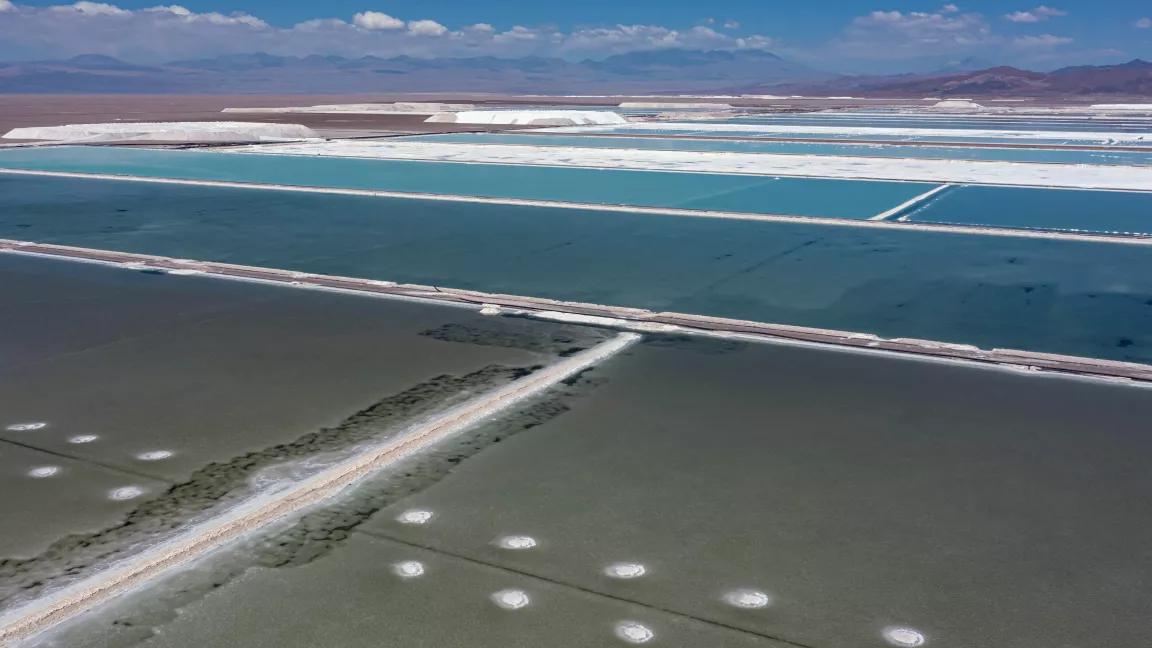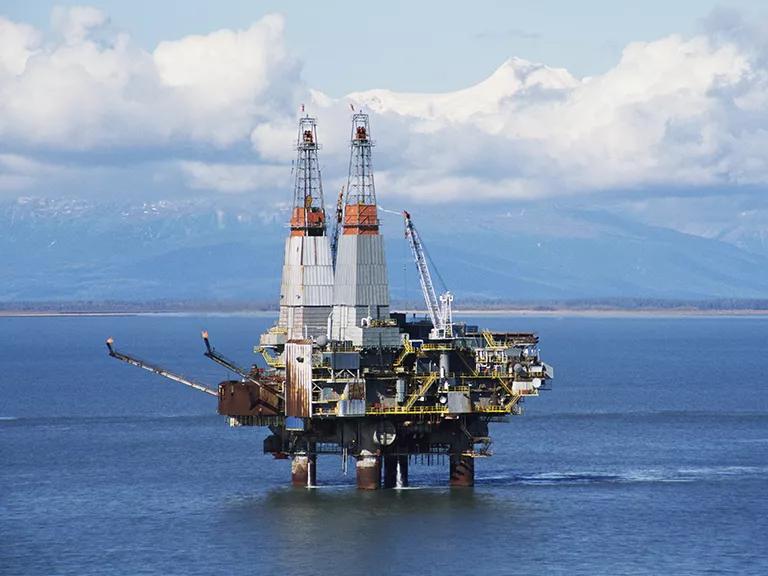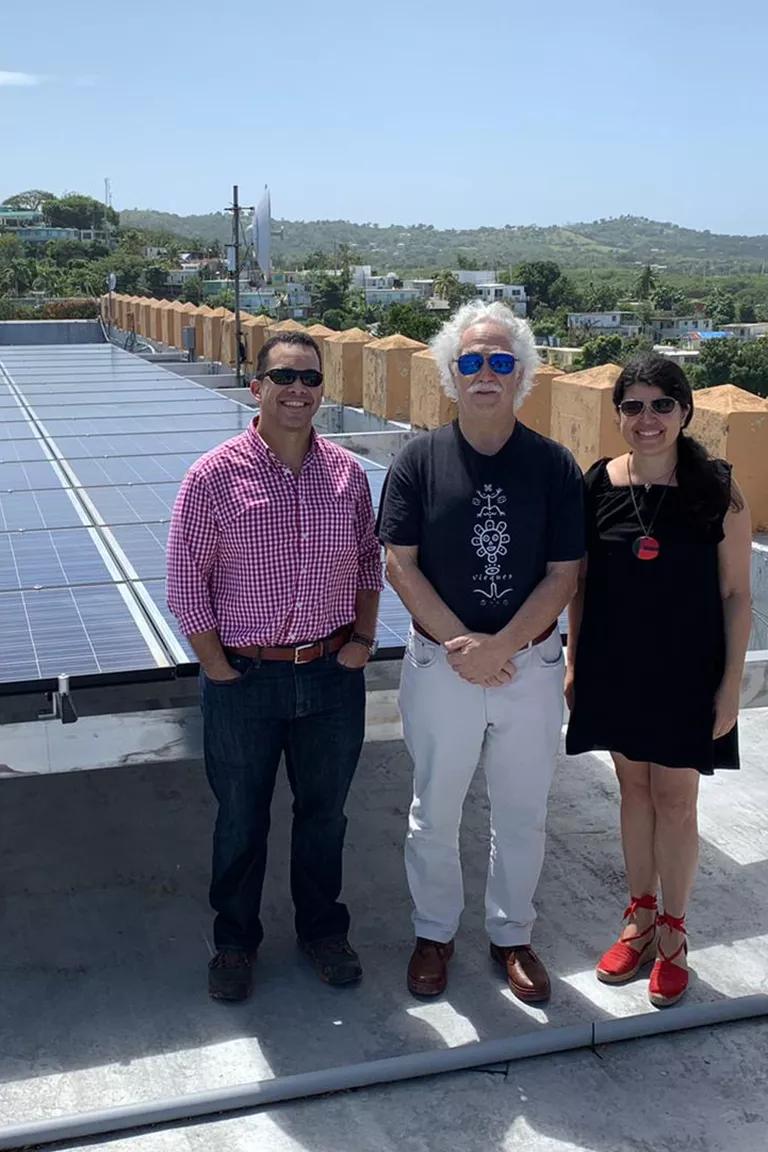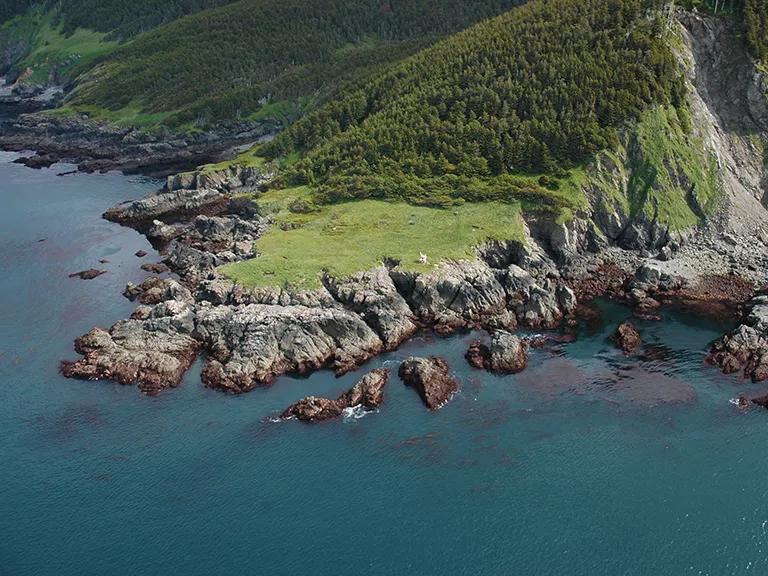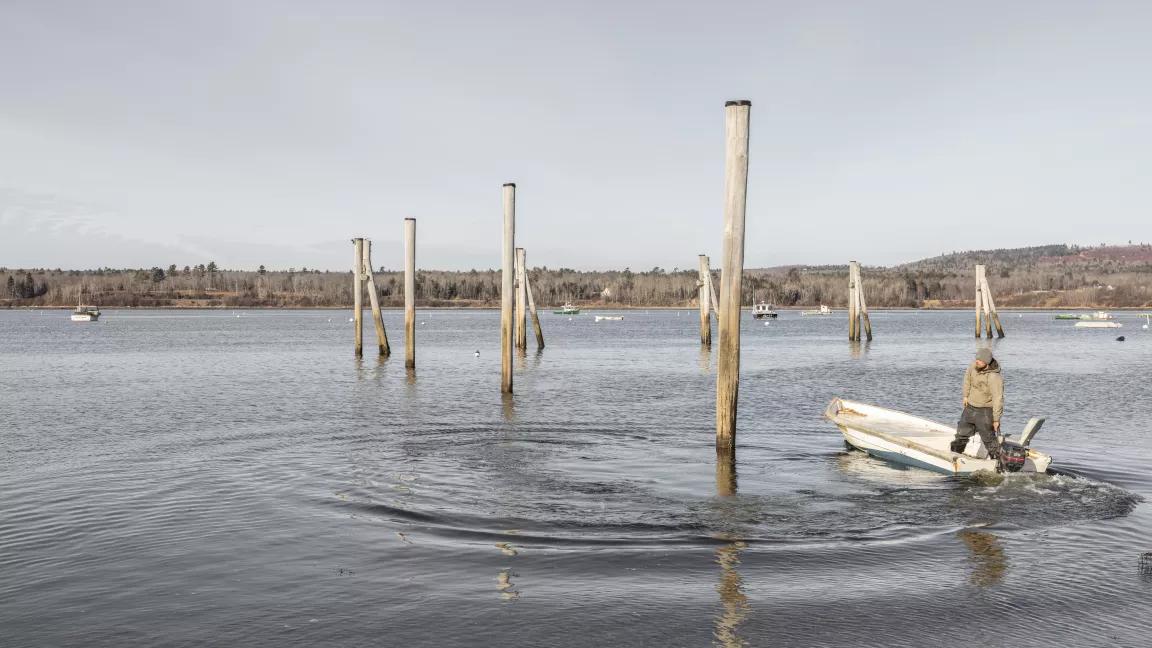Standing with Communities
Whether fighting for clean drinking water or climate justice, NRDC unites with people on the frontlines to create change.
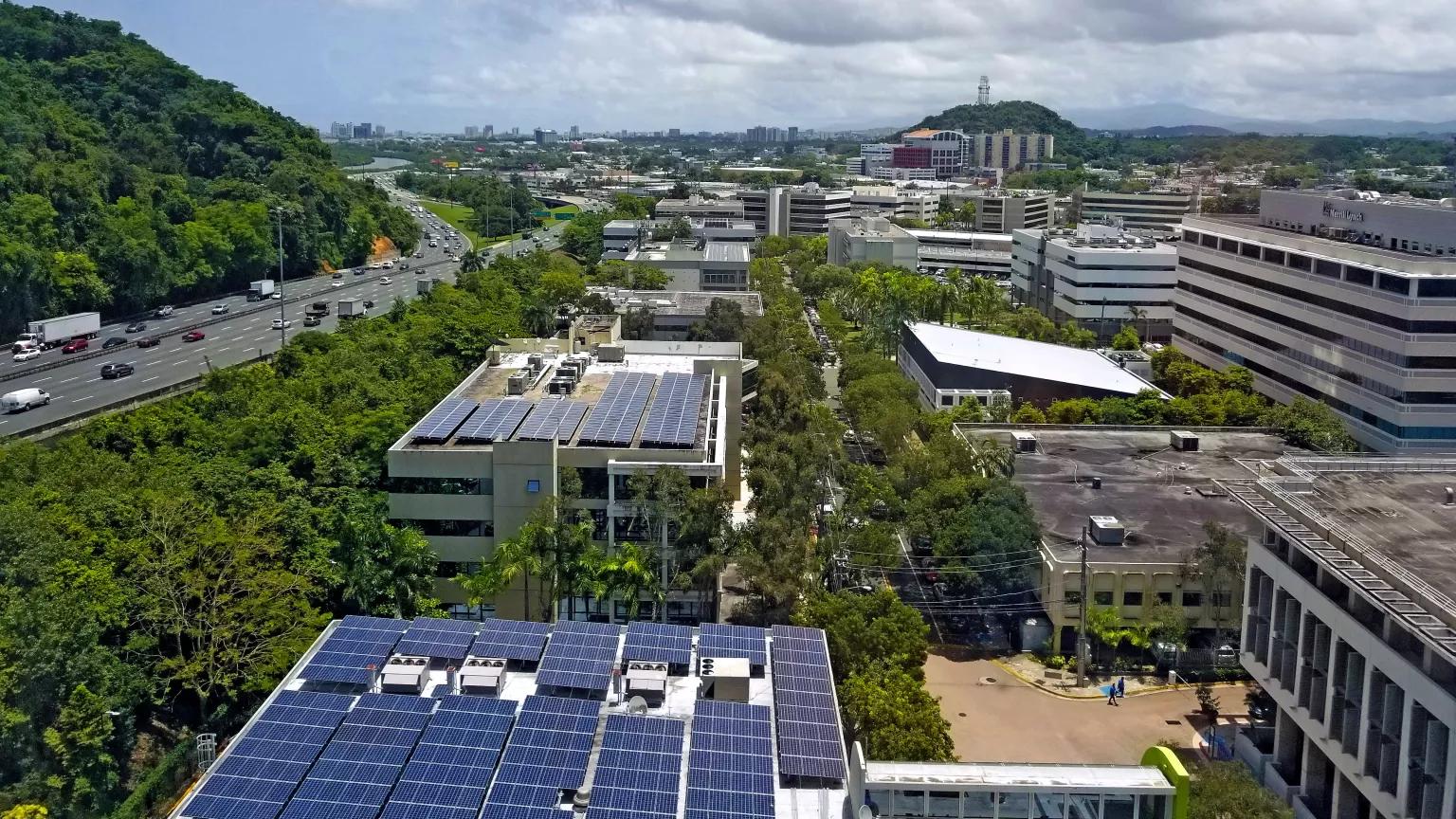
NRDC worked with Puerto Rico community leaders to ramp up solar energy on the island after Hurricane María.
Karl Callwood
Few things are more worth fighting for than the place you call home and those who share it with you. So it follows that NRDC’s most powerful on-the-ground work is rooted in partnership with people exposing environmental injustices in their own backyards. And to ensure that everyone moves forward together, NRDC’s scientists, lawyers, and advocates continue to bring their decades of expertise to bear against polluters and their allies and stand alongside communities as they practice self-determination, conserve their natural heritage, and strengthen their local economy.
Protecting Water Rights
This year, NRDC took on polluters, local water utilities, and federal agencies to continue our decades-long effort to secure access to safe drinking water for all.
In Mount Vernon, New York—a majority-Black suburb that borders the Bronx—chronic disinvestment in the city’s pipes, coupled with decades of inaction by local officials, led to an unsafe living situation for community members. Even light rain or mild storms regularly triggered sewage backups, which would overflow into homes and cause costly disruptions that risked residents’ health.
In tandem with Mount Vernon residents and the city’s mayor, as well as other environmental groups, NRDC leveraged its existing relationships with state officials to shine a light on the public health crisis and began work in 2021 to secure the necessary funding to address the problem. NRDC Trustee Catherine Coleman Flowers—a leading advocate on sewage issues in the South for more than 20 years and founder of the Center for Rural Enterprise and Environmental Justice—joined the call for change. In April, the joint effort paid off: New York Governor Kathy Hochul announced $150 million in funding to overhaul the city’s century-old clay pipes. The project will take at least seven years to complete, but Hochul has directed millions toward the most urgent repairs, with a goal of bringing quick relief to the most impacted areas.
In Benton Harbor, Michigan, NRDC helped bring national attention to another major water crisis. For years, reports of yellow, particle-filled drinking water were common in the small, majority-Black city. Eventually, water testing, pursued by the citizen-organized Benton Harbor Community Water Council (BHCWC), proved what residents had long feared: Lead levels were sky-high, sometimes reaching 300 parts per billion (ppb), which is far past the federal limit of 15 ppb. Those drinking and cooking with the contaminated water—and particularly the children who were exposed—faced serious health risks, ranging from heart disease to learning disabilities to kidney impairment.
Did You Know?
The Bipartisan Infrastructure Law, passed in November 2021 after pressure from NRDC and our allies, will invest $15 billion to replace lead service lines, a desperately needed measure in a country where millions are still served by water systems detecting lead. And these burdens fall disproportionately on the shoulders of Black and Latino communities and other people of color.
Building on our experience tackling lead-contaminated water in Flint, as well as our success in passing one of the strongest state Lead and Copper Rules in Michigan, NRDC joined the fight for a fix. Government officials claimed they were taking the legally necessary steps to reduce corrosion of the culpable lead pipes, but lead-level violations continued to multiply. Eventually, the tide turned when NRDC, the BHCWC, and 18 other Michigan and national organizations filed an emergency petition with the EPA in the fall of 2021, prompting Governor Gretchen Whitmer to call for a “whole-of-government” response. Finally, there was a commitment to replace the city’s estimated 6,000 lead service lines within 18 months and to provide residents with bottled water in the interim. Still, says Cyndi Roper, NRDC’s Michigan senior policy advocate, “We shouldn’t have had to petition the EPA to say there was an imminent and substantial endangerment. The state agency should have taken urgent action themselves.” This year, momentum to deliver justice for Benton Harbor residents continues, with virtually all of their pipes now free of lead.
NRDC’s water advocacy extended outside the United States too. Chile’s Atacama Desert, home to Indigenous communities for millennia, has also become one of the global epicenters for mining lithium, a vital component of the batteries that power electric vehicles, smart devices, and other technologies. But the method of lithium mining most often used in the region is extraordinarily water-intensive: Mining companies pump the lithium-containing brine that sits beneath the region’s salt flats into ponds and then wait for evaporation to filter out the metal. These operations are damaging sensitive wetlands, harming native wildlife, and draining already scarce water resources, leaving nearby communities without access to potable water and instead relying on tankers to haul it in.
In April 2022, NRDC released a comprehensive report that calls for an end to wasteful lithium mining practices and proposes investing in alternative ways to meet lithium needs, such as making lithium-ion batteries longer-lasting and recycling the metal in used batteries. As we press for industry reforms, we’ll continue to stand firmly alongside impacted communities fighting for their resources.
Demanding Climate Justice
NRDC and our partners continue to prove that locally led efforts to resist fossil fuel infrastructure and invest in cleaner alternatives can create powerful change.
In Alaska’s Cook Inlet—a habitat for protected marine life, like the endangered Cook Inlet beluga whale, and a precious source of seafood and other natural resources for some 20 tribes and Indigenous groups in the region—NRDC is working to end the hold that fossil fuel interests have long had on the region. Over the summer, tucked inside the historic Inflation Reduction Act, Congress made a trade-off with industry and mandated that the government host a lease sale in Cook Inlet that would offer millions of acres of waters to oil and gas companies for new offshore drilling projects.
Now, in alliance with other environmental groups who remain concerned about the area’s disappearing belugas and threats from oil and gas development, we are fighting to stop it. Together, we’ve amplified the true risks of additional drilling, like the estimated 88.3 million tons of carbon dioxide it would emit over the next three decades and the 20 percent chance of a major spill, and criticized the Bureau of Ocean Energy Management’s flimsy environmental analysis leading up to its five-year drilling plan. And in December, we joined with coalition partners to sue the Biden administration to stop the Department of the Interior from leasing these federal waters to the oil industry without first considering the environmental harms that will result. The stakes remain high—and NRDC’s advocacy to unshackle Cook Inlet from fossil fuel continues on.
On the opposite corner of the continent, in Puerto Rico—another often-overlooked region of the United States—NRDC’s Luis Martinez is helping to usher in a solar revolution that both reduces climate pollution and improves resilience in the face of worsening storms, particularly for the most vulnerable residents. The work first ramped up in 2017 after Hurricane Maria hit. The Category 5 storm knocked out the island’s grid and the already inadequate water infrastructure, leaving 3.4 million people in the dark with no access to vital resources.
In the wake of that deadly crisis, NRDC helped to distribute solar lights that families could charge in their homes and later helped solarize community centers, which, Martinez notes, “serve as a gathering place for many area residents, especially in underserved communities.” The initiative made clear the big impact that solar could have for Puerto Rican residents who were most vulnerable to hurricanes. Since then, we have expanded our work with local organizations like Resilient Power Puerto Rico (RPPR) to install a number of solar power microgrids. We also pushed the local utility to meet its clean energy mandate, which requires the archipelago to derive 40 percent of its electricity needs from renewable sources by 2025.
The unprecedented wave of solar power in Puerto Rico has only grown, with more microgrid installations now underway. September’s Hurricane Fiona was another reminder of the urgency of this work, which will require a serious investment from the government to scale up as advocates seek to develop a comprehensive and decentralized, renewable electric system. That’s why, in late 2021, we joined with other environmental groups and allies in Congress in calling on the Biden administration to directly fund solar/battery microgrids for low-income communities, following the model we established with RPPR. Our government listened: The newly approved federal spending bill contains $1 billion dedicated to such projects across Puerto Rico.
The message about Puerto Rico’s solar-fueled future is also the drawing the attention of a crew of artists and influencers: In April, NRDC teamed up with award-winning graphic novelist Edgardo Miranda-Rodriguez to release a new edition of the comic book La Borinqueña that spotlights the cause. The book guest-stars actress Rosario Dawson and features a superhero battling shadowy evildoers in Puerto Rico who are sabotaging community attempts to install solar panels and end repeat blackouts. It’s a story sure to resonate with younger audiences and one intended to inspire new generations of activists to rally for the island’s clean energy transformation. “This struggle to transition to clean energy is not just happening in Puerto Rico,” Martinez noted in a book chat with Miranda-Rodriguez and Dawson. “It’s happening everywhere, but Puerto Rico can be a shining example.”
Rejecting a Toxic Legacy
“The most intense environmental justice fight of my life, which led to years of advocacy by my neighbors and our allies—including a historic month-long hunger strike—centered around asking the city of Chicago to deny a permit for General Iron [a massive car-shredding facility] to operate in our community.”
Across the country, low-income communities and communities of color continue to bear the highest burden from toxic industrial pollution—a threat that comes with dire, compounding, and chronic health consequences. This year, we saw progress across multiple on-the-ground battles to right these long-standing wrongs and create a fairer future.
In Chicago, NRDC celebrated a win against the manufacturing company General Iron and its repeated attempts to relocate a massive metal shredding facility from the wealthier neighborhood of Lincoln Park to the predominantly Latino and Black Southeast Side, which has a legacy of industrial pollution.
Residents amassed a wide-reaching opposition that included their Southeast Side neighbors, high school students, grassroots activists such as Cheryl Johnson (executive director of People for Community Recovery) and Peggy Salazar (executive director of the Southeast Environmental Task Force), and environmental groups like NRDC, under the leadership of NRDC’s Gina Ramirez—and they fought back. They protested in front of the mayor’s house, attended public engagement sessions with local officials, and petitioned federal agencies to get involved. In February 2022, their perseverance paid off: After much initial opposition, Mayor Lori Lightfoot and the Chicago Department of Public Health denied General Iron the permit to move its operations. The decision marked a tremendous victory for activists.
As the Southeast Side stares down its next battle with would-be polluters—in this case, stopping the Invert mine project planned for a site opposite a local high school—NRDC will continue to stand with the neighborhood’s environmental advocates. Together, we’re pressing the leaders of Chicago to pass a cumulative impact ordinance that addresses the health effects of combined pollution that communities like Ramirez’s already face when industry seeks to move into their backyards.
In Maine, another community of advocates is celebrating a long-overdue plan to clean up toxic mercury contamination along the Penobscot River, one of New England’s largest watersheds and a major source of shellfish and fish. The pollution was traced back to the Mallinckrodt manufacturing plant that produced chlorine and other chemicals for the state’s paper and pulp industry. Beginning in 1967, the company dumped up to 12 tons of mercury, a potent neurotoxin, directly into the river rather than disposing of it responsibly as hazardous waste. The pollution left the levels of mercury in the river’s sediment 10 to 20 times higher than in other rivers in the region.
NRDC first got involved back in 2000, when it joined the Maine People’s Alliance in a lawsuit against Mallinckrodt. The plant shut down later that year. For two decades, the case weaved its way through the courts, in a maze of trials, appeals, and court-ordered scientific and engineering assessments. Community members like those from the Penobscot Nation, an Indigenous People that depend on the river spiritually, socially, and economically, persevered in their support for a resolution that protects the environment and human health. Finally, in October, a federal district court approved a settlement, setting an official cleanup plan in motion. The deal holds the corporation accountable: Mallinckrodt must pay $187 million, and possibly an additional $80 million in contingency funds, to jumpstart the Penobscot’s recovery.
While the victory is a testament to the power of people over industrial polluters, it’s also bittersweet—because so much damage has already been done. Still, advocates hope the case has set a precedent that helps prevent similar environmental calamities elsewhere. “I don’t think there’s another organization that would have brought this case and stayed with it for as long as we have,” says NRDC’s chief counsel Mitch Bernard. “We had the capacity to do that, we had the resources to do that, and we had the will to do that.”
More 2022 Highlights
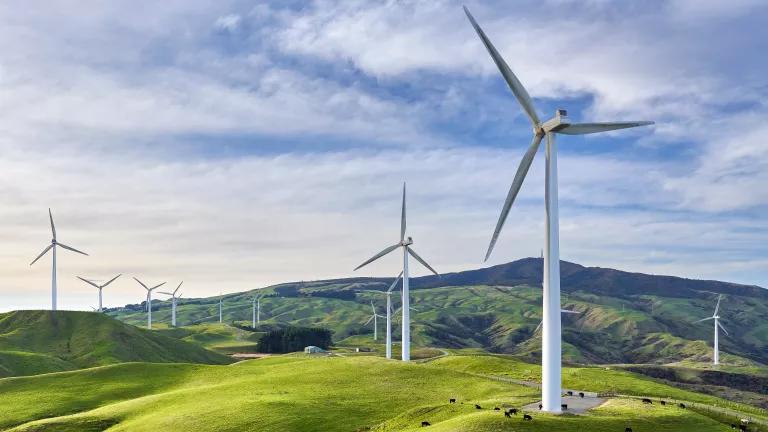
Fighting for Our Climate Future
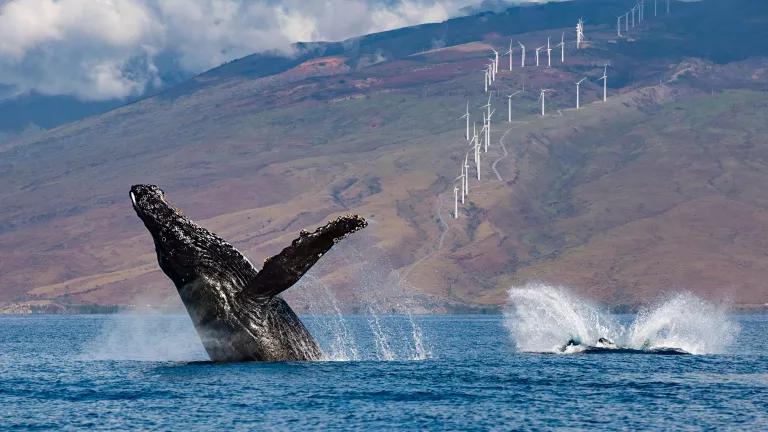
Protecting the Wild
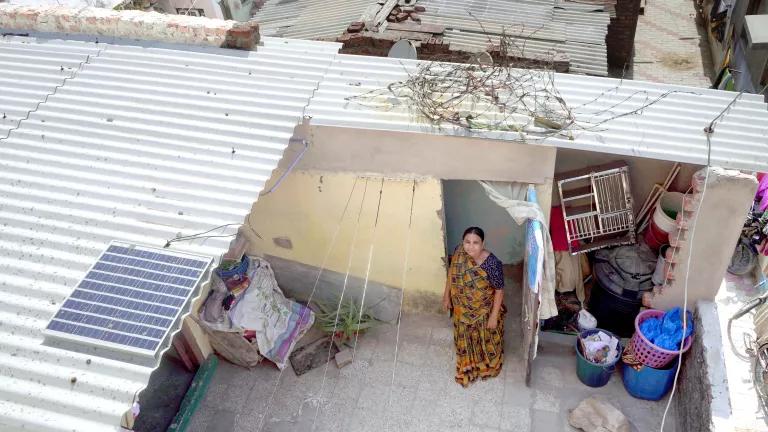
Defending Public Health
Annual Report 2022: A Turning Point
Explore the rest of our annual report for an overview of what we've accomplished in 2022.



